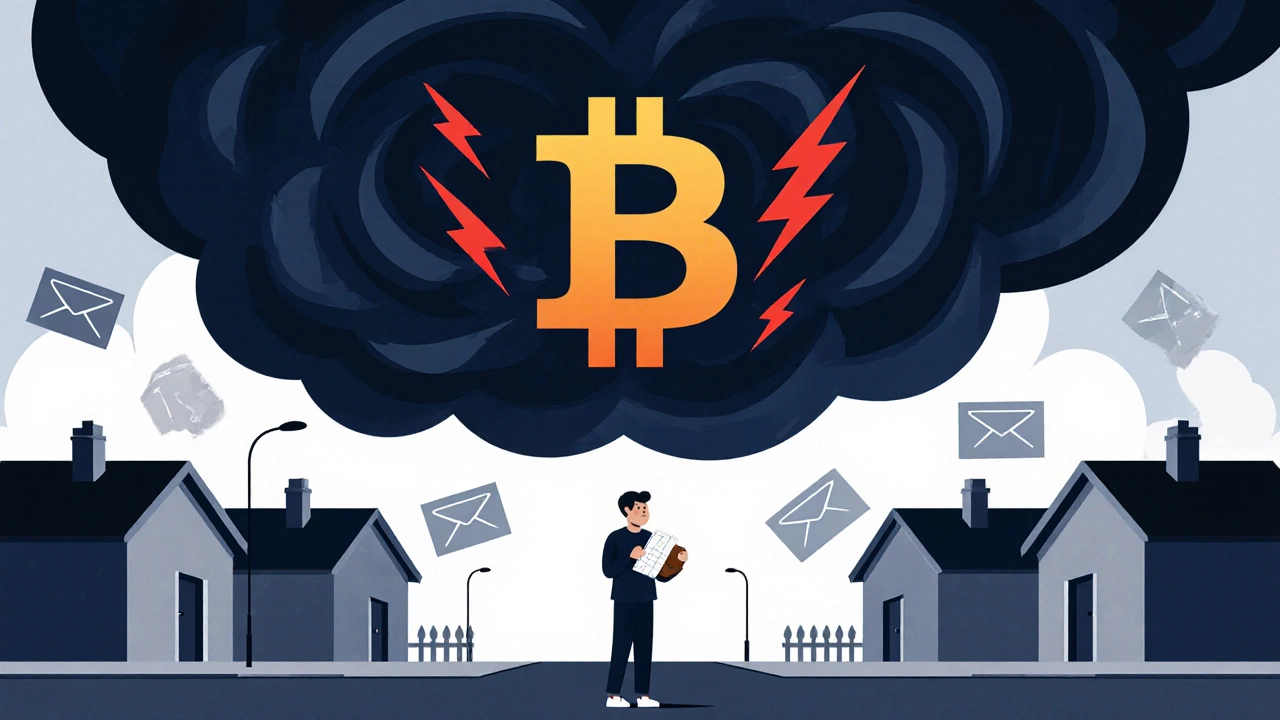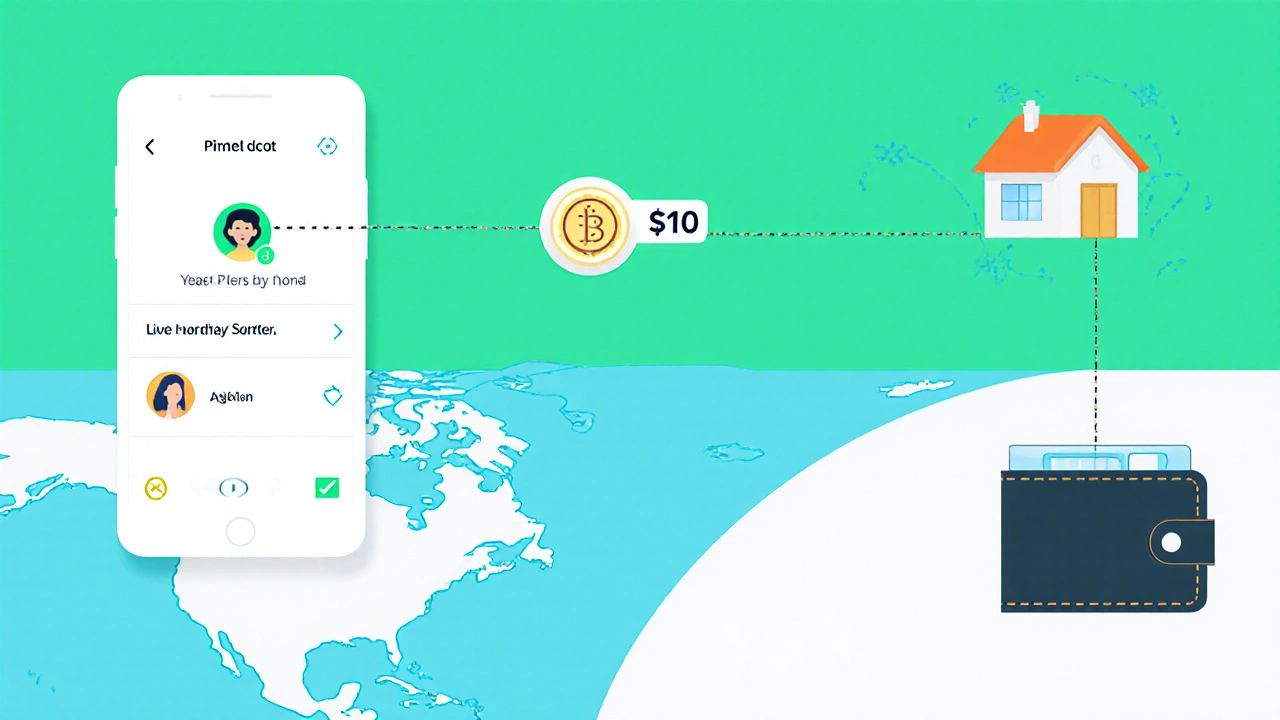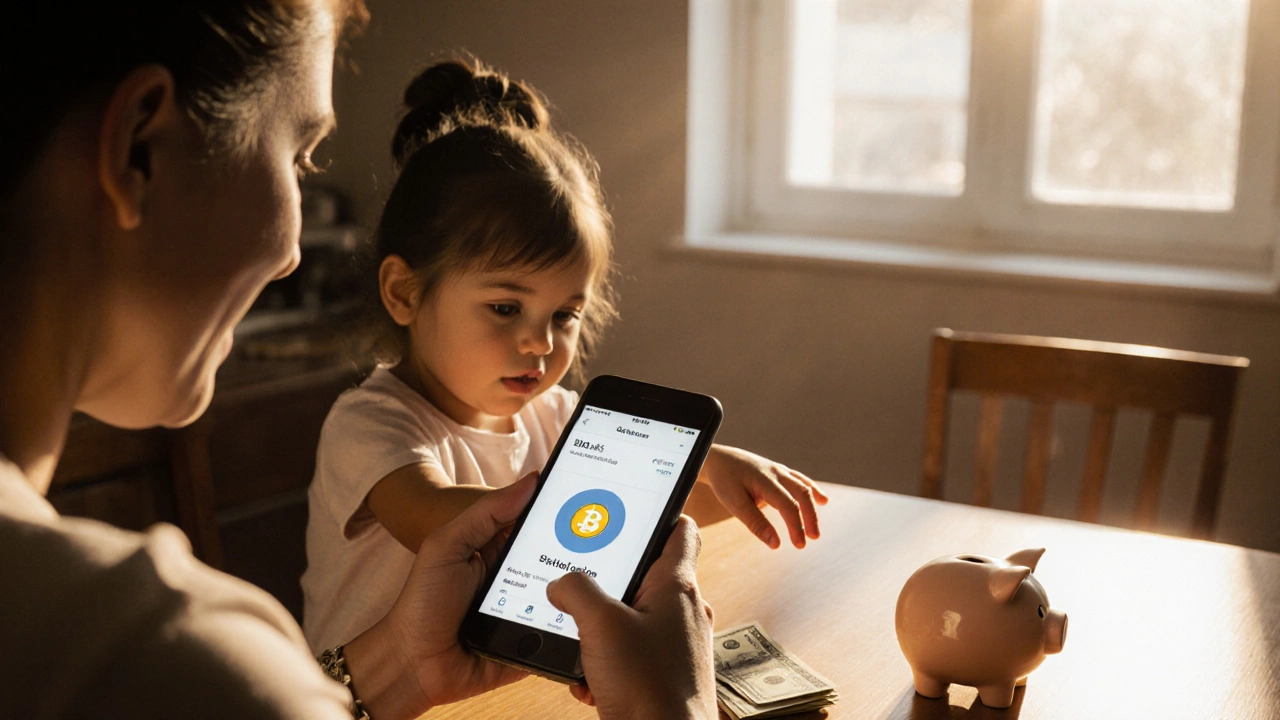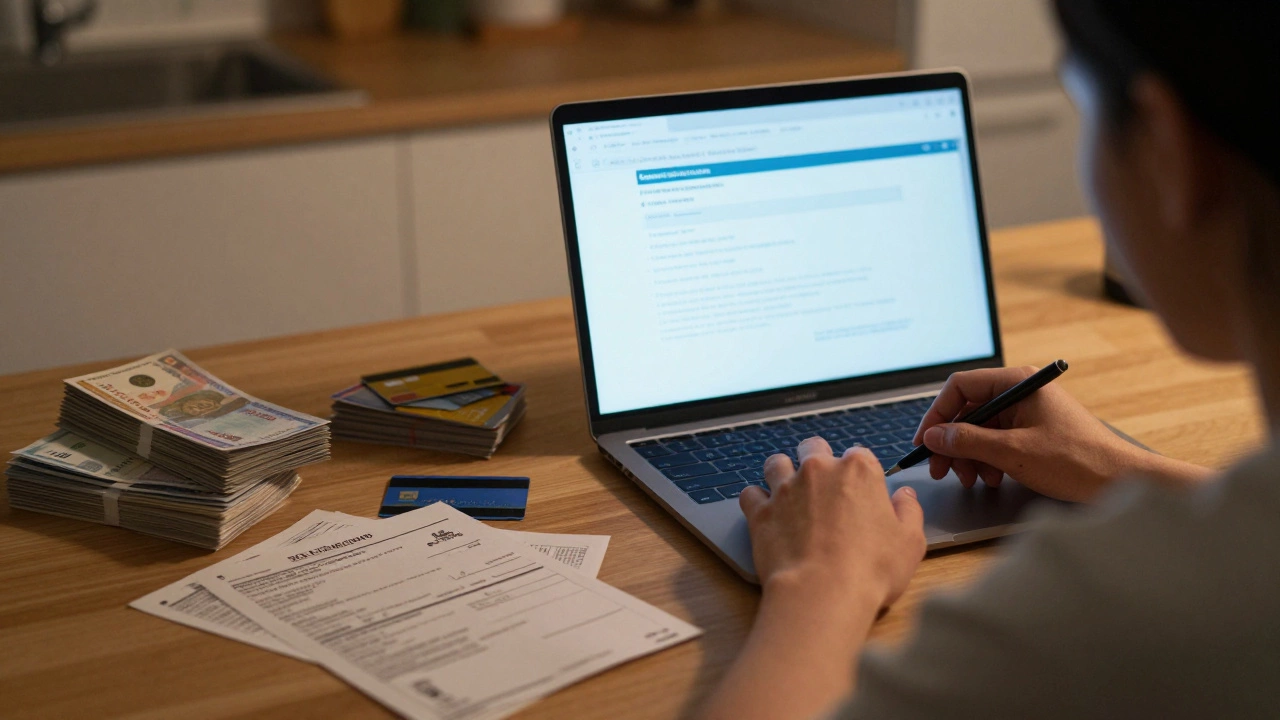When you hear the word Cryptocurrency is a digital asset that uses cryptography to secure transactions and control the creation of new units, you might picture Bitcoin billionaires or futuristic tech. But the real question for many low‑income households is whether this new kind of money can actually improve their day‑to‑day finances. Below we break down the main ways crypto can help (or hurt) people living on tight budgets, compare it with traditional banking, and give concrete steps if you decide to dip a toe in.
Why Crypto Looks Attractive to Low‑Income Folks
- Bitcoin is often touted as “digital gold,” promising a store of value that isn’t tied to any single government.
- Stablecoins peg their price to a fiat currency, offering crypto‑like speed with less price swing.
- DeFi (Decentralized Finance) platforms let anyone lend, borrow, or earn interest without a bank’s paperwork.
- Cross‑border Remittance through crypto can cut fees from 5‑10 % down to under 1 %.
- In many regions, smartphones are more common than bank branches, giving people a way to save or transfer money with just a phone.
Key Risks That Can Bite the Poor Hard
- Volatility: Most crypto assets swing 10‑30 % in a single day. A sudden dip can erase a week’s savings.
- Regulatory uncertainty: Governments can ban or heavily tax crypto, turning a harmless wallet into a legal headache.
- Scams and rug pulls: Low‑cost entry points attract fraudsters who prey on inexperienced users.
- Technical barriers: Forgetting a private key means losing everything forever-no customer service can help.
- Limited consumer protections: Unlike a bank, most crypto services aren’t insured by a deposit guarantee scheme.
Comparing Crypto With Traditional Financial Tools for the Poor
| Aspect | Cryptocurrency | Traditional Banking |
|---|---|---|
| Access (mobile‑first) | Works with any smartphone and internet connection | Requires a physical branch or verified ID, often unavailable in remote areas |
| Transaction Fees | Varies; stablecoins and layer‑2 solutions can be < $0.10 per transfer | Domestic transfers often free; international can cost 5‑10 % |
| Speed (settlement) | Seconds to minutes, even across borders | Same‑day domestic, 1‑5 days international |
| Volatility | High for most assets; stablecoins low but depend on custodial risk | Typically stable (tied to fiat currency) |
| Regulation & Protection | Limited consumer safeguards; insurance rare | Deposits insured up to $250,000 (US), strong consumer rights |
| Ease of Saving | Can program automatic purchases; no minimum balance | Often requires minimum balance fees, limited micro‑savings options |

Practical Steps If You Decide to Try Crypto
- Start with education: Watch beginner videos from reputable sources, read the official white‑papers of Bitcoin and a major stablecoin like USDC.
- Choose a reputable, regulated exchange that offers a simple mobile app and strong KYC (Know‑Your‑Customer) procedures. In Australia, platforms such as CoinSpot or Independent Reserve meet these criteria.
- Set a strict budget. Treat crypto as a "high‑risk" expense-only spend money you can afford to lose, e.g., 5 % of disposable income.
- Buy a stablecoin first (USDC or USDT). This lets you experience crypto wallets and transfers without price swings.
- Secure your wallet. Use a hardware wallet for amounts larger than $500, or a reputable mobile wallet with biometric lock for smaller balances.
- Test a low‑cost transaction: send $1 worth of stablecoin to a friend in another country and compare the time and fee with a traditional remittance service.
- Consider micro‑lending platforms built on DeFi if you want to earn passive income, but keep the amount tiny and research the protocol’s audit reports.
- Regularly review your portfolio. If the crypto portion exceeds your predetermined risk tolerance, move funds back into a high‑interest savings account.
When Crypto Is Likely a Bad Fit
If you rely on every dollar for food, rent, or medical bills, the upside of potential gains is outweighed by the downside of sudden loss. In such cases, traditional tools like a government‑backed savings account, community credit union, or a low‑fee remittance service may be safer.

Community Resources & Safeguards
- Australian Securities & Investments Commission (ASIC) runs a consumer warning page that lists common crypto scams.
- Non‑profits like Financial Inclusion initiatives provide free workshops on digital money basics in low‑income neighborhoods.
- Many libraries now host “crypto literacy” sessions; ask your local branch about upcoming dates.
- In case of a lost private key, there’s no “forgot password” reset. Always write the seed phrase on paper and store it in a fire‑proof safe.
Bottom Line: Crypto Can Help, But Only With Caution
For people with limited access to banks, crypto offers faster, cheaper ways to move money and a chance to grow savings. The flip side is high volatility, fraud risk, and a lack of consumer protection. The safest approach is to start tiny, use stablecoins, and keep crypto as a complement-not a substitute-for basic financial needs.
Can I use cryptocurrency to pay everyday bills?
Only a few merchants accept crypto directly. Most people convert a small amount to fiat using an exchange, then pay the bill as usual. Using stablecoins can reduce conversion fees, but you still need a gateway that supports crypto payments.
Is crypto a good way to send money to family abroad?
Yes, especially when traditional remittance fees are high. Sending $100 via a low‑fee stablecoin can cost under $1 and arrive in minutes. However, both sender and receiver need a crypto wallet and basic knowledge of converting back to local cash.
What’s the safest crypto to start with?
A well‑audited stablecoin such as USDC is generally safer than volatile tokens because its price stays close to $1. Bitcoin is also widely regarded as the most secure network, but its price swings are much larger.
Do I need to report crypto earnings to the ATO?
Yes. In Australia, crypto transactions are taxable events. Any profit from selling, swapping, or using crypto to buy goods counts as capital gains and must be declared on your tax return.
What are common scams targeting low‑income crypto users?
Phishing messages that claim you’ve won a free token, fake “investment clubs” promising guaranteed returns, and Ponzi‑style DeFi projects that disappear after the initial burst. Always verify the source and never give away your private key.








